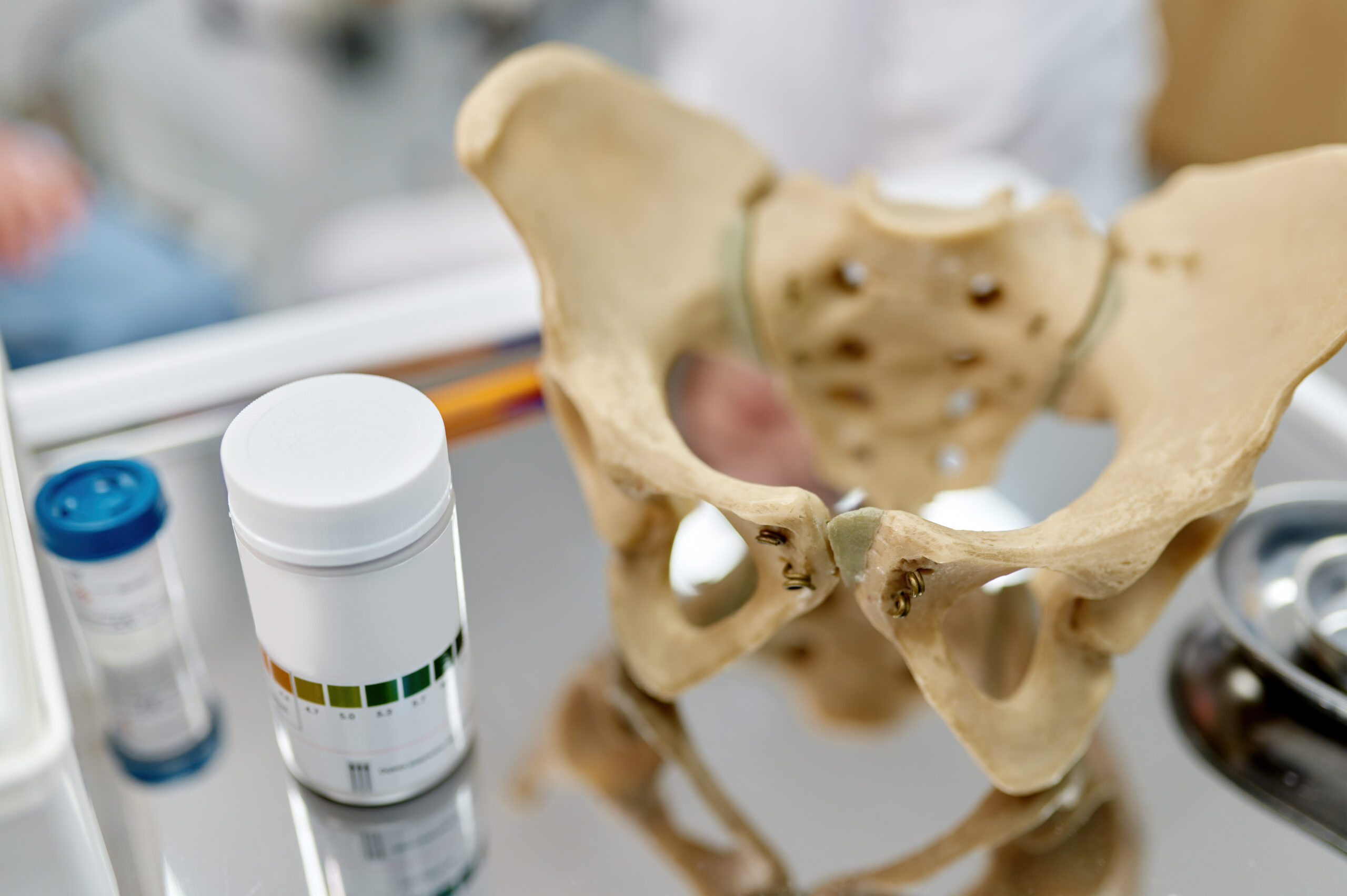Tailbone and prostate pain are surprisingly interconnected issues that many men face but often struggle to understand. These symptoms may initially seem unrelated, especially when no clear injury is present. However, understanding the role of the pelvic muscles in these conditions can shed light on their origin and help direct effective treatment. In this article, we explore how pelvic muscles can contribute to tailbone and prostate pain in men, offering insights into potential causes and management strategies.
The Rise of Idiopathic Tailbone Pain
One of the most common complaints from men experiencing tailbone pain is that it arises without any obvious cause. Typically, tailbone pain, or coccyx pain, might result from injuries such as a fall or trauma during sports. However, when pain occurs spontaneously, the root cause is often muscular rather than structural.
The pelvic floor muscles, a group of more than 14 muscles located inside the pelvis, play a significant role in this type of discomfort. These muscles not only support key organs like the bladder, rectum, and prostate but also have direct connections to the tailbone. When these muscles become tight or develop restrictions, they can exert pressure on the coccyx, leading to unexplained tailbone pain.
Pelvic Floor Tightness: The Underlying Problem
Pelvic floor tightness can originate from various factors, such as:
- Prolonged sitting
- Stress-related muscle tension
- Surgeries involving the hip or abdomen
- Chronic poor posture
When these muscles become tense or restricted, the pain doesn’t remain localized. It often spreads to nearby areas, including the lower back, hips, and abdomen. Over time, this tension can radiate to the genitals, causing discomfort in the prostate or perineal region.
Connection Between Tailbone Pain and Prostate Symptoms
The pelvic floor muscles are intricately linked to several key structures in the male anatomy, including the prostate. If tightness and dysfunction develop within these muscles, they can create referred pain patterns that extend to the prostate area.
This connection can be particularly frustrating for men seeking answers. Many undergo evaluations by urologists or other specialists, only to be told that no structural issues are present. In such cases, the likelihood of a muscle-related cause is high.
Additionally, pelvic floor tightness may lead to urinary symptoms, such as:
- Frequent urination
- Difficulty starting or stopping urine flow
- A sensation of incomplete bladder emptying
These symptoms occur because the pelvic floor muscles surround the bladder and urethra, and their dysfunction can interfere with normal urinary function.

How Hip and Pelvic Issues Affect the Tailbone
Pelvic floor dysfunction doesn’t develop in isolation. The pelvis and tailbone are closely connected to the hip, lower back, and gluteal muscles. For instance, after a hip injury or surgery, the interconnected nature of these muscles can lead to compensatory tension in the pelvic floor.
The gluteus maximus, one of the largest muscles in the body, overlays the pelvic region. Beneath it lies a network of smaller muscles, all of which interact with the pelvic floor. These overlapping relationships mean that tightness or injury in one area—such as the hip—can indirectly strain the tailbone and pelvic muscles.
This interplay highlights the need for comprehensive assessments when addressing unexplained tailbone or prostate pain. Isolated treatments that target only one region may overlook the broader muscular connections at play.
Recognizing the Signs of Pelvic Muscle Dysfunction
Men experiencing tailbone or prostate pain often report a range of other symptoms that point to pelvic floor dysfunction, including:
- Pain during sitting, especially on hard surfaces
- Persistent or unexplained genital discomfort
- Urinary incontinence or difficulty urinating
- Bowel irregularities, such as constipation or pain during bowel movements
These symptoms can significantly impact quality of life, making it essential to address the root causes rather than just the symptoms.
The Role of Physical Therapy in Treatment
For men suffering from tailbone and prostate pain, physical therapy focused on pelvic health can provide significant relief. A pelvic floor physical therapist can assess muscular imbalances, tightness, or trigger points contributing to pain.
Key treatment strategies may include:
- Manual Therapy: Gentle manipulation to release tension in the pelvic floor and surrounding muscles.
- Stretching and Strengthening Exercises: Targeted movements to improve flexibility and restore balance in the pelvic region.
- Posture Correction: Addressing alignment issues to reduce strain on the tailbone and pelvic floor.
- Biofeedback Techniques: Helping patients gain awareness and control over their pelvic floor muscles.
When to Seek Help
If you’re dealing with unexplained tailbone or prostate pain, particularly if it’s accompanied by urinary or bowel symptoms, consulting a pelvic floor physical therapist is a critical step. It’s also essential to rule out other potential causes, such as infections or prostate enlargement, with a medical evaluation.
Understanding the complex interplay between the pelvic muscles, tailbone, and prostate empowers men to seek effective, tailored treatments. By addressing the muscular components of these conditions, many men experience significant relief and regain control over their health.
Tailbone and prostate pain are often misunderstood, leaving men feeling frustrated and searching for answers. The connection between these issues lies in the pelvic floor—a hidden but powerful network of muscles that can profoundly impact the body when dysfunctional. With the right diagnosis and treatment, recovery is not only possible but also life-changing.
Also Read: How Pelvic Floor Issues Cause Erectile Dysfunction and Genital Pain
About:
I’m Hina Sheth. I have been treating complex orthopedics, sports and pelvic floor physical problems for over 25 years with amazing results. Now I want to bring my knowledge to the global community so I can spread my knowledge to you.
Our bodies are complex systems of 600 muscles and organs intertwined in a fascial system that all work together. Imbalances in this system such as trigger points, visceral and myofascial restrictions can lead to joint, pelvic, and organ issues.
Factors like nutrition, exercise, sleep, and stress play a crucial role. Unfortunately, our current healthcare model does not look at our bodies as a whole and oftentimes compartmentalize musculoskeletal injuries and dysfunctions.
At Rebalance, our goal is to holistically treat this complex system to restore harmony in the body. By addressing these imbalances, we help clients improve their overall health and well-being. Our vision is to empower individuals to create a healthier lifestyle for themselves.






